Six Sasaki Projects Shortlisted by the 2025 PLAN Awards
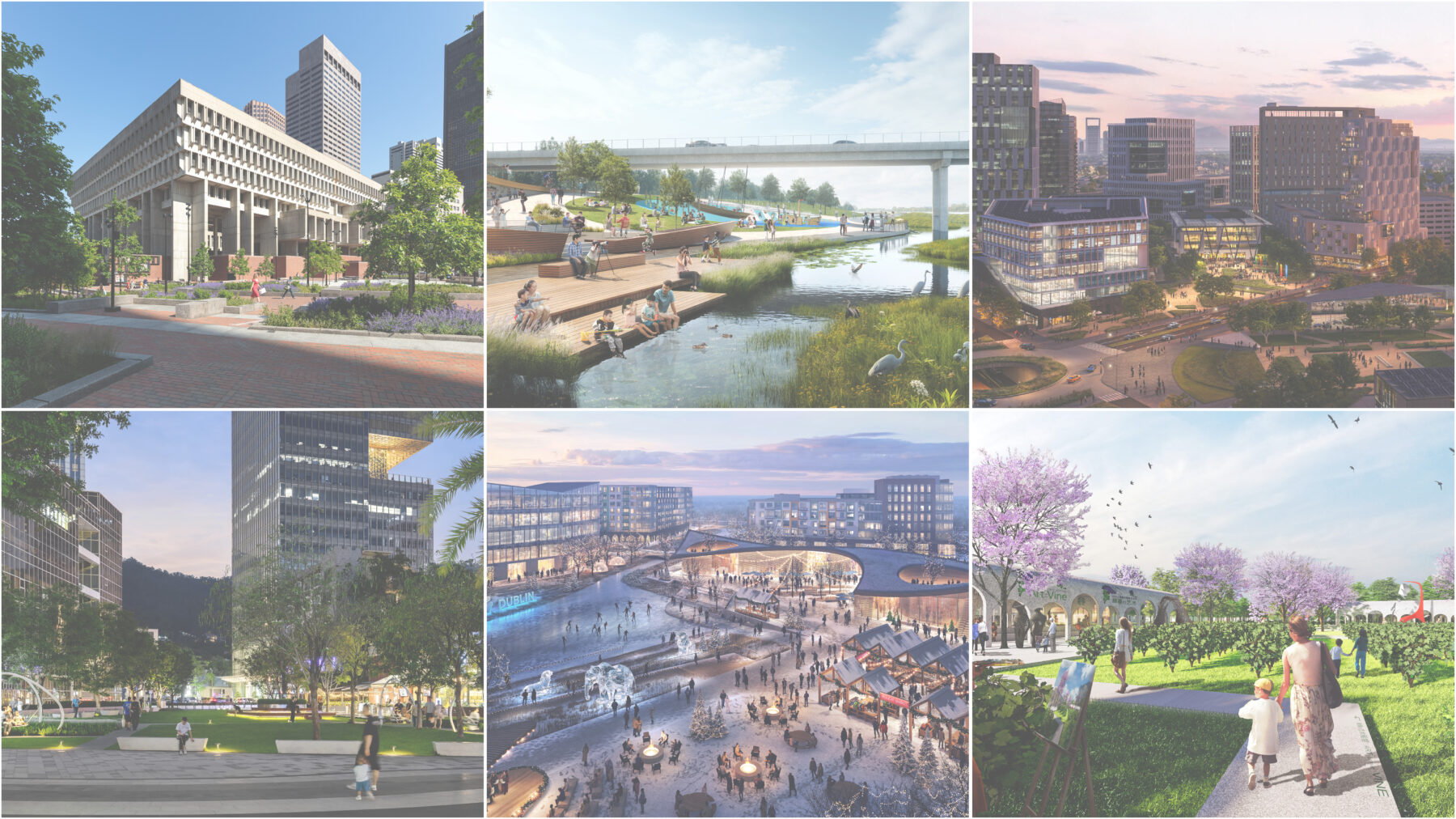
 Sasaki
Sasaki

The PLAN Awards is an annual international competition that recognizes design excellence in the fields of architecture, landscape, interior design, and urban planning. This year, six Sasaki projects were shortlisted across the Landscape, Urban Planning, and Public Space categories.
For a short time, the shortlisted projects will be open for community popular choice voting. Read on to learn more and vote for Sasaki’s award winning projects.
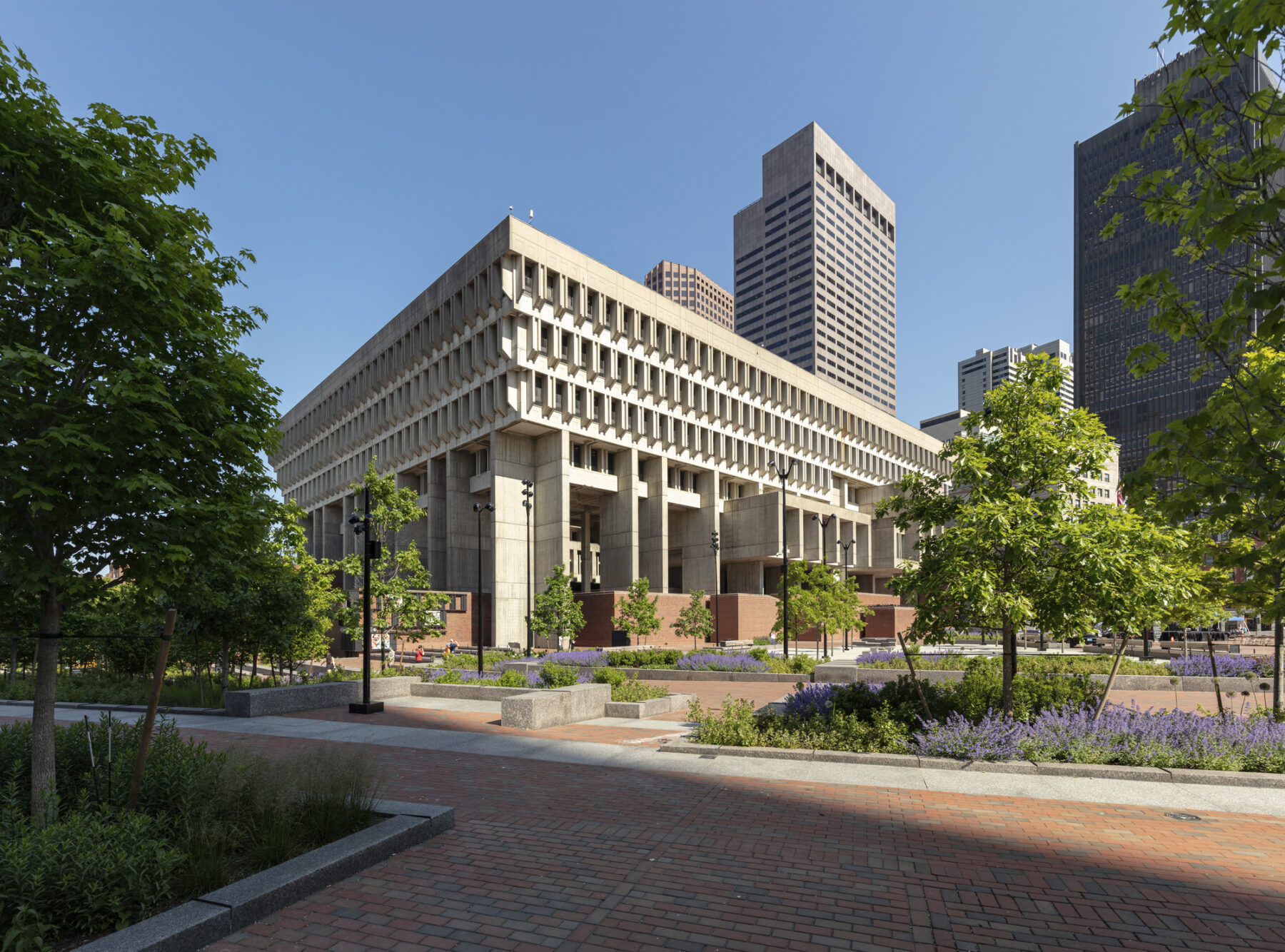
The redesigned Boston City Hall Plaza transformed a hardscaped civic expanse into a porous, green, and human-scaled public space. Through layered planting, accessible materials, and welcoming edges, the design reconnects the plaza to surrounding streets, neighborhoods, and the larger civic fabric of downtown. It shifts the plaza from a symbol of institutional detachment to an open, inviting extension of the city’s public life. Formerly inaccessible due to stepped elevation change, the new Hanover Walk connects Congress and Cambridge Streets on opposite sides of the plaza and reconciles the 26-foot vertical difference with universal access. Contemporary civic amenities activate the plaza, flexibly accommodating events of up to 20,000 people.
Boston City Hall Plaza was shortlisted in the Public Space category. Read more about the project and cast your vote here.

The Innovation District Plan powerfully reflects a key set of priorities from Monterrey Tec’s 2030 Strategic Plan. Its ambition is to transition Tecnológico de Monterrey from a teaching-focused to a leading, research-driven university. The Innovation District introduces an ecosystem where companies can be co-located with the Tec, strengthening connections between the university and industry, and fostering investments in applied research. One of the greatest benefits of the plan is the introduction of the district’s new public plaza and public realm improvements, making the campus and surrounding districts more connected, livable and walkable. As a component of a larger, comprehensive campus and district framework for Monterrey Tec, the Innovation District plan creates a new framework for Latin American universities to energize connections with the economy, industries, and local government.
The Innovation District at Monterrey Tec was shortlisted in the Urban Planning category. Read more about the project and cast your vote here.

Sited on one of the city’s designated mountain-ocean corridors, Shekou Sea World was once a recreational and ecological hotspot destination that lost its connection to environmental assets. The Shekou Sea World Landscape Improvement aims to revive the site by unveiling its historic connection to the shoreline. The project translates its geological history into tangible experiences by restoring native habitats, improving the microclimate, introducing unique features that echo the site’s character, and providing diverse programs. Enhanced pedestrian circulation activates the 800-meter mountain-sea corridor and turns the site into a dynamic hinge with site features responding to the mountain and sea. It transforms a once-generic commercial zone into an environmental storyteller, demonstrating how memories of a site can foster public-commercial vitality in an urban retrofitting practice.
The Shekous Sea World Landscape Improvement was shortlisted in the Public Space category. Read more about the project and cast your vote here.
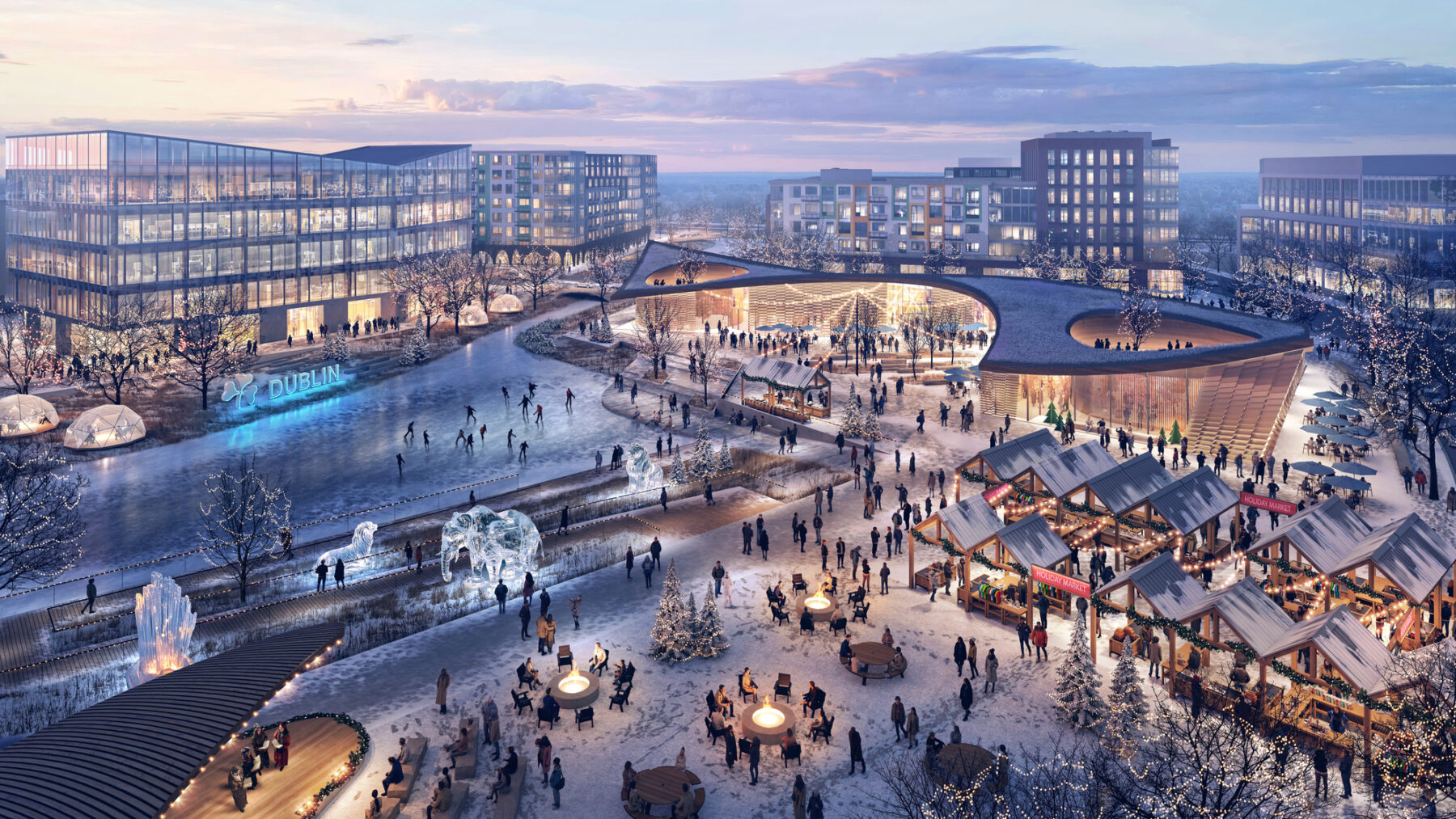
Metro Center and its surroundings have been a central focus of Dublin’s planning efforts for over a decade. Building on these initiatives, the City of Dublin Metro Area Strategic Plan redefines its suburban context by transforming a car-centric office park into a walkable, ecologically integrated district. It connects urban development with nature through adaptive open spaces, reimagined stormwater systems, and multimodal mobility. The landscape becomes infrastructure—filtration, habitat, and public amenity—blurring the line between built and natural environments. By enhancing access, reducing car dependence, and restoring ecological function, the project establishes a sustainable and connected dynamic between urban life and the surrounding landscape.
The Dublin Metro Area Strategic Plan was shortlisted in the Urban Planning category. Read more about the project and cast your vote here.
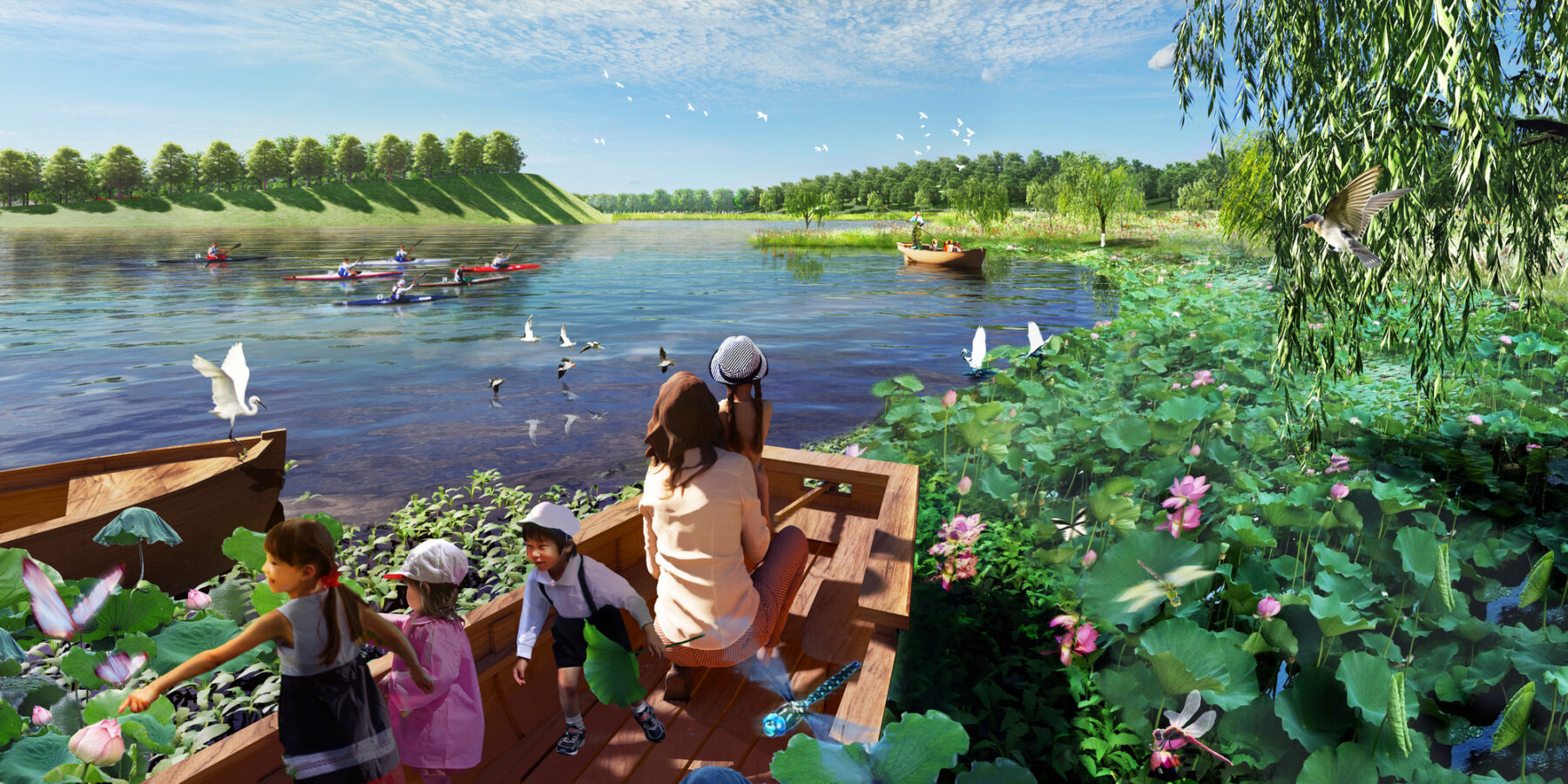
Jiading was once celebrated as the “Town of Enlightenment” for its educational and cultural heritage. Its legacy emphasized shaping moral character through the environment, fostering generations of scholars and talent. However, rapid urbanization and lack of open space in recent years has diminished Jiading’s influence and threatened its cultural identity. The Jiading Green Ring Master Plan plan reimagines the 70 km2 area around its urban core by revitalizing its ecological framework and enhancing environmental experiences. Rooted in sustainability, it celebrates Jiading’s legacy as the “Town of Enlightenment” by introducing comprehensive green infrastructure and a network of ecologically sound, economically vibrant, and culturally rich public spaces that bridge the past and future.
The Jiading Green Ring Master Plan was shortlisted in the Landscape category. Read more about the project or cast your vote here.
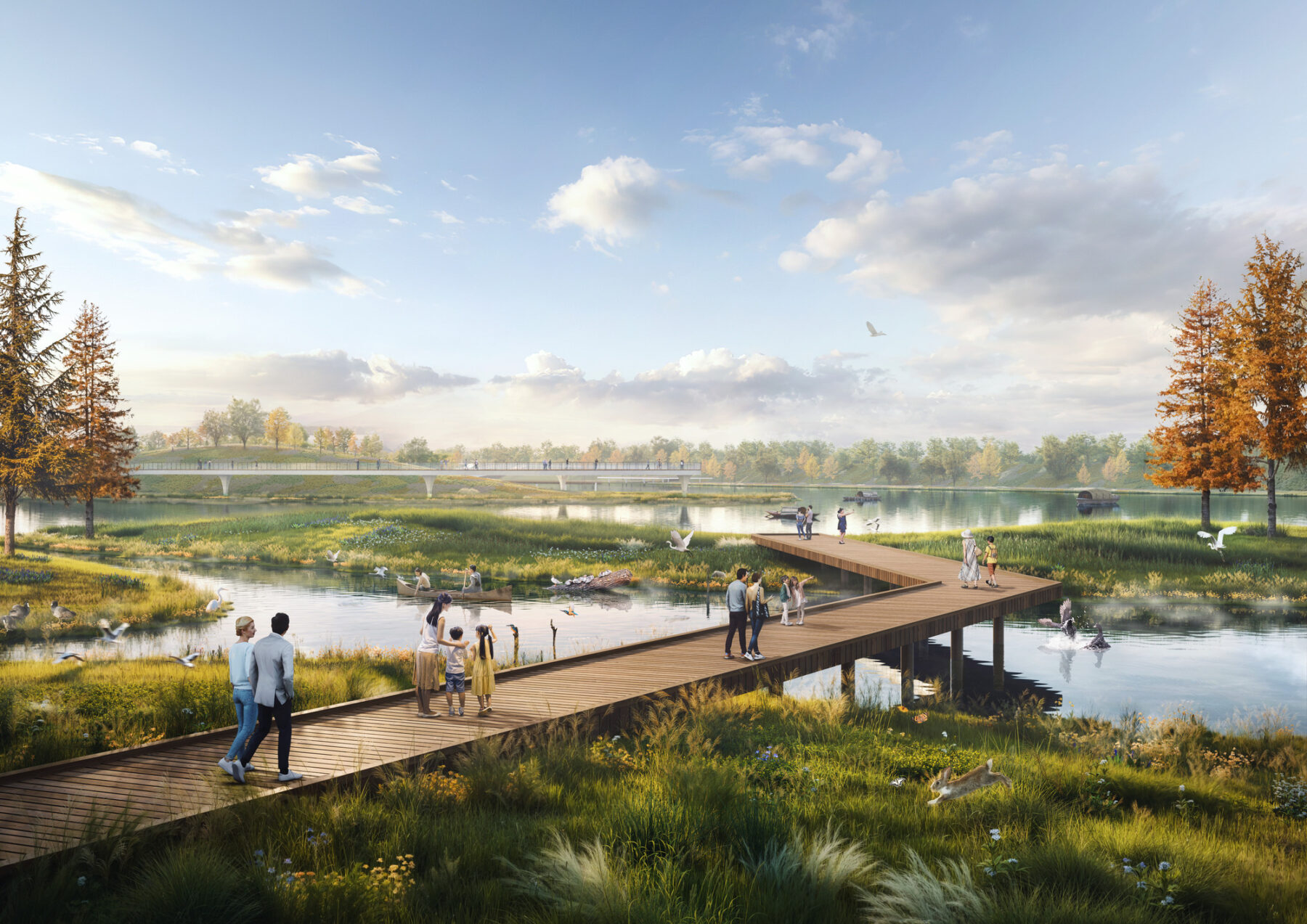
The Chaobai River Basin Regeneration Plan is a rural revitalization in Tianjin, China that synthesizes ecological rehabilitation, cultural heritage conservation, and economic development in a place of environmental degradation, cultural erosion, and rural economic stagnation. The project reknits ecological, cultural, and economic ties between the Chaobai River and surrounding landscapes by replacing concrete embankments with adaptive floodplains and restoring natural water cycles, directly benefiting downstream urban areas. The establishment of cultural programming, including the annual Harvest Festival and multiple cultural districts, aims to safeguard intangible cultural heritage, foster community engagement, and attract tourists from nearby metropolises. The implementation of integrated aquaculture-agriculture systems, including rice-fish polyculture and crab co-cultivation, will generate improvements in both ecological sustainability and local household income.
The Chaobai River Basin Regeneration Plan was shortlisted in the Urban Planning category. Read more about the project and cast your vote here.